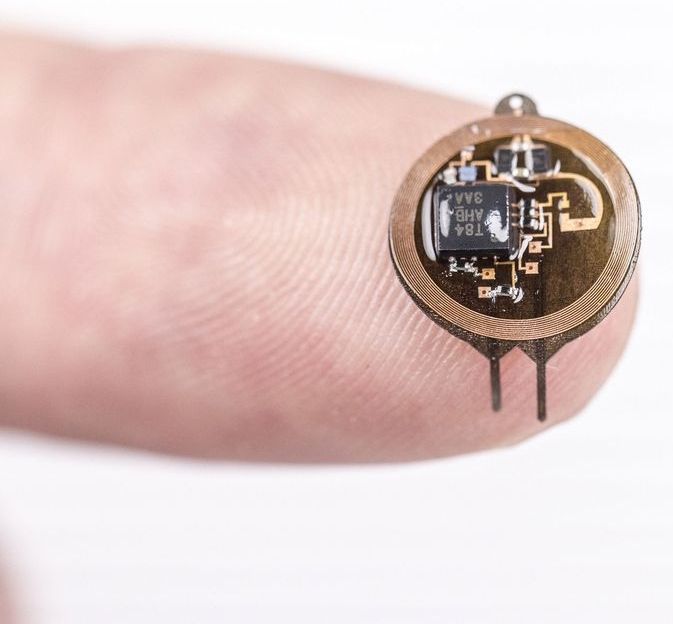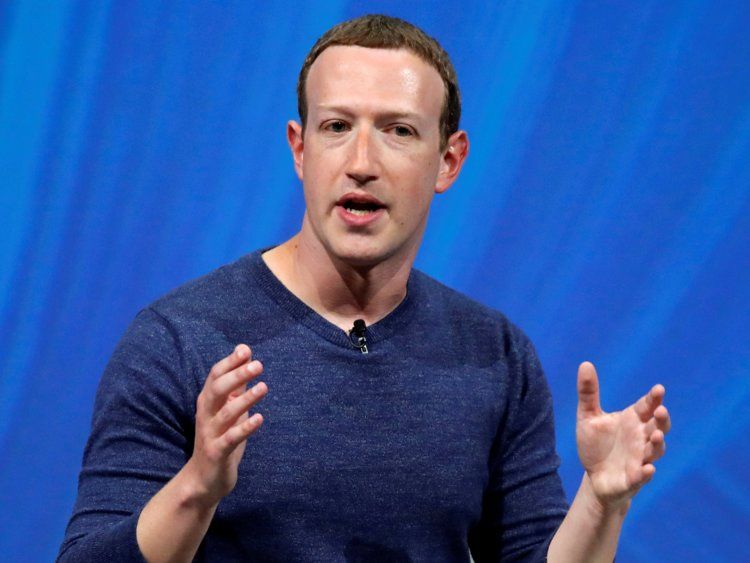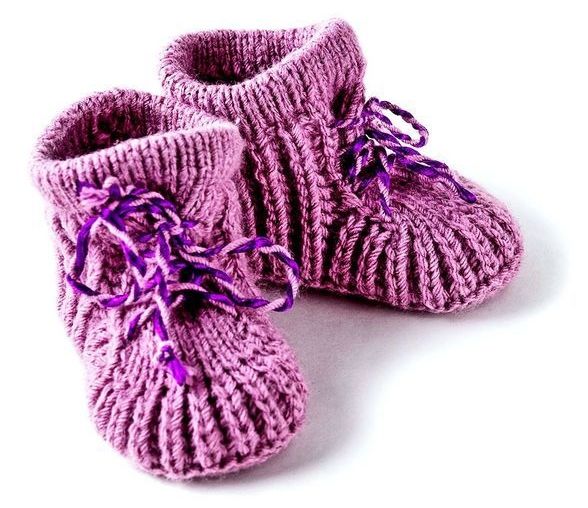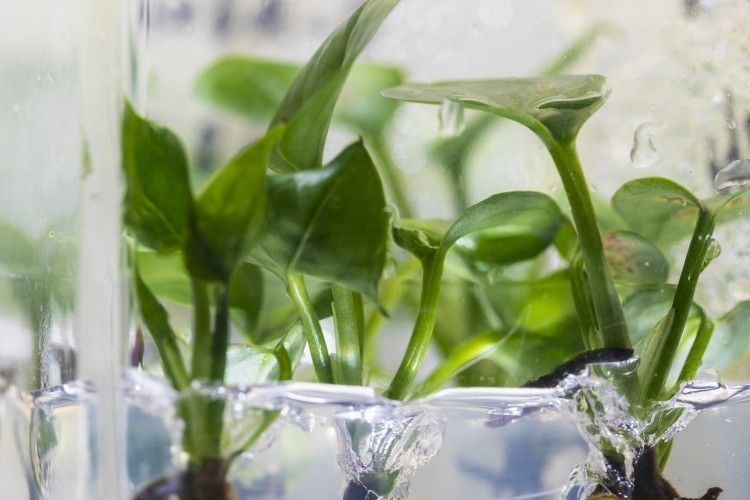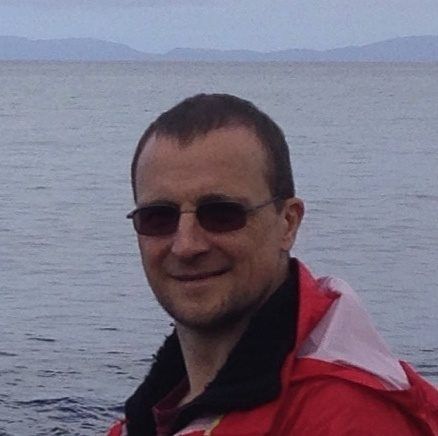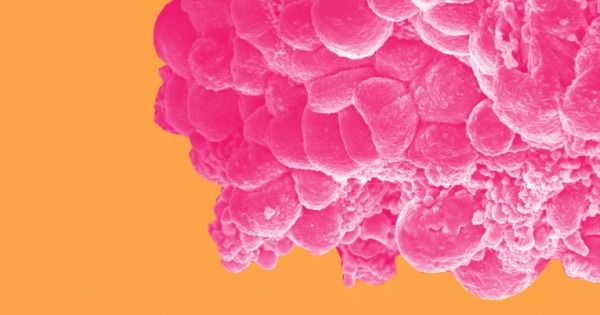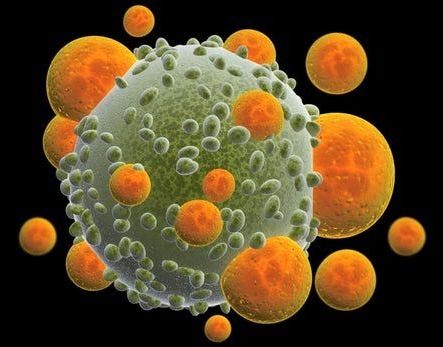Drive an hour north of Google’s headquarters up to Oyster Point, south San Francisco, and you will find the office of Calico Labs. The steel and glass building has none of the showmanship of its sister company, with its colourful, attention-grabbing Googleplex campus.
Its name is an acronym for “California Life Company” but its lifeless exterior makes it easy to imagine it being named after another Calico – an abandoned mining town further down the Pacific Coast. The company, a division of Google’s parent company Alphabet, is now five years old, but its operations remain highly secretive.

